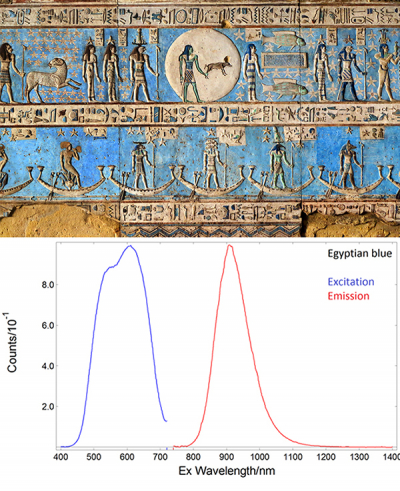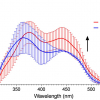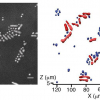
The interest in non-invasive investigations for the study and identification of painting materials has greatly increased during the past two decades. The nature of museum objects is such that sampling is always kept to a minimum, thus, a spectroscopic approach is ideal for this purpose. An ancient pigment, cuprorivaite, CaCuSi4O10 or otherwise called Egyptian blue, has been photo-physically investigated.
An investigation by Dr Gianluca Accorsi, a Research Fellow at CNR Nanotec in Lecce, Italy, and the Edinburgh Instruments applications team produced qualitative information, i.e. emission and excitation spectra, as well as quantitative that is the photoluminescence quantum yields (PLQY) that have been obtained in the near infrared (NIR) region. The pigment proved to be a strong NIR emitter, with the highest known quantum efficiency for a molecule-level chromophore.
An application note covering this work can be downloaded from https://www.edinst.com/wp-content/uploads/2016/03/AN_P23-Ancient-art-pigments-v.2.pdf















